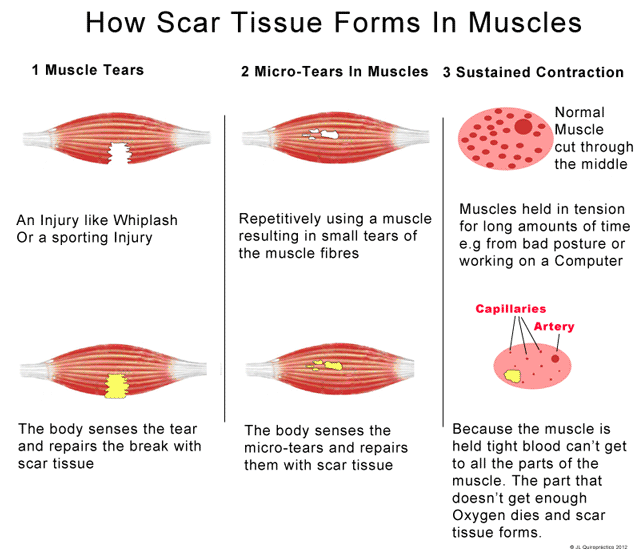
The Biggest Loser diet makes many claims. This 6 week diet incorporating food and regular exercise as part of its regimen states that apart from helping you lose weight, help cut the risk for cancer, dementia and Alzheimer, it will also help you improve your heart health and boost the immune system.
If this diet is beginning to sound like a cure-all, well you haven’t heard the best of it – because the diet – wait for it, has also been touted as one of the very best for helping to manage diabetes. Amazing as that may sound, the most amazing aspect of it is that although we will concern ourselves in this article with its diabetes claims it is may be true on all scores.
Premised on the notion that we eat too much of the wrong foods and too little of the right and that our life style nowadays is too sedentary, the diet advocates a raft of measures,; exercise, eat regular meals comprising more of fruits, lean proteins, vegetables and whole grains, practice portion control to bring this into line. So does it live up to its billing? Let’s find out.
A 2015 US News and World Report study carried out on 35 diets showed that as far as diabetes management and prevention is concerned, it came out joint tops with the DASH (Dietary Approaches to Stop Hypertension) as being the ideal diet.
So how do you get started on the diet? Well first things first, you will need to choose a Biggest Loser book. Several editions of varying lengths are available. Each basically teaches about foods with quality calories. The Biggest Loser Diet pyramid is most helpful in this.
Analysis of the suggested menu pieces show that 45 percent of the days calories come from carbs, 30 percent from protein and 25 percent from fats. The general guide on this score is that you should consume four servings of fruits and vegetables a day, three of protein foods, two of whole grains and 200 or less, calories of extras like desserts. You will also learn about portion control and when to eat, your risk factors for developing diseases such as diabetes and calculating your calorie allowance. In addition you will be provided with a week of meal plans, recommendations for different types of exercises and learn about preventing or reversing diabetes and lowering high blood pressure.
There are several Dos and Don’ts that pertain to the diet. We may note the Dos-Eat a lot of fruits and vegetables, keep a food journal; the Don’ts; eat a lot of red meat. But does the diet really help to ward off diabetes? Well, the diet has been confirmed to be an ideal eating pattern for both the prevention and control of diabetes.
On prevention, since being overweight is a serious risk factor for Type 2 diabetes and being that the diet has been generally shown to help people not only lose weight but equally keep it off, it becomes apparent that the diet does well on this standard. In addition to that it has been found that some of The Biggest Loser show contestants no longer exhibited signs of metabolic syndrome, metabolic syndrome being a group of risk factors that together can increase your risk for Type 2 diabetes.
As far as controlling diabetes goes, it was found in an American Journal of Medicine study that after 7 months, participants on the diet reduced their level of A1C. Furthermore, like the DASH diet, it is flexible enough to allow you adjust the menu and exercise plans in order to cater to your doctor’s advice. Taking all of the above into consideration, it is pretty obvious that the Biggest Loser diet is actually a rather good idea for diabetics looking for a diet that will help them effectively manage their diabetes.

Source by Robert Barron
 Vitamin Agent The Health & Naturalistic Source
Vitamin Agent The Health & Naturalistic Source





